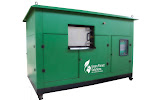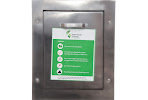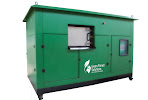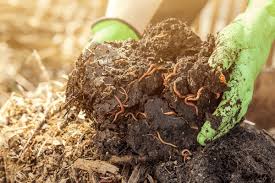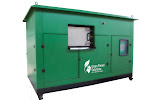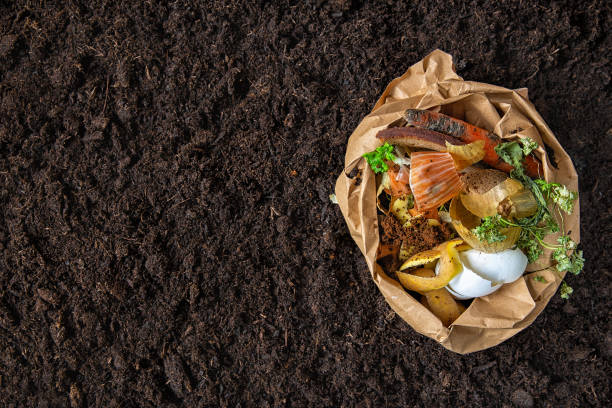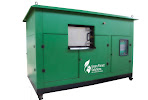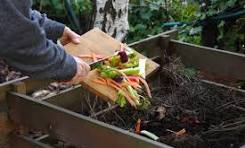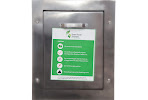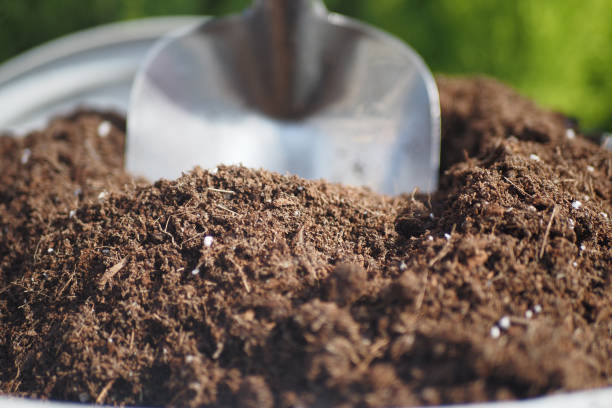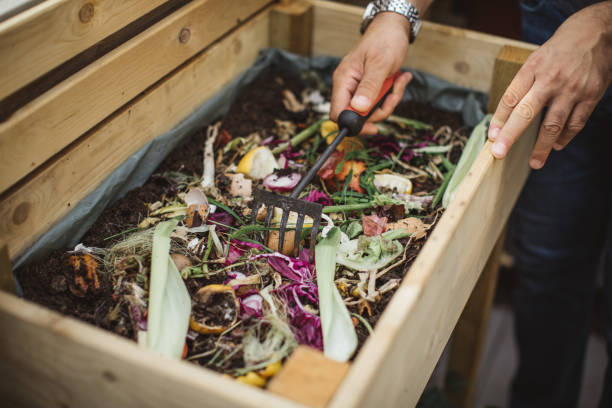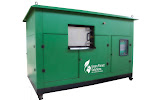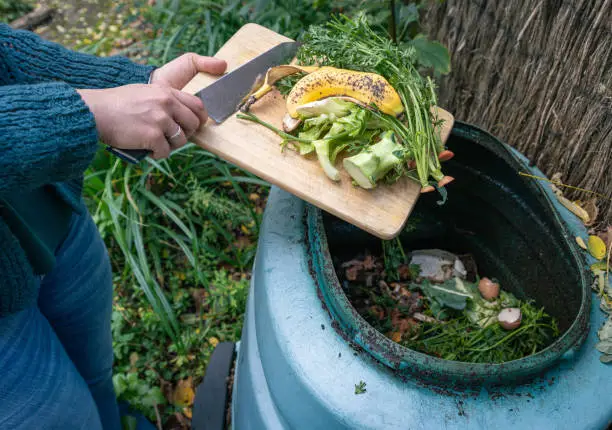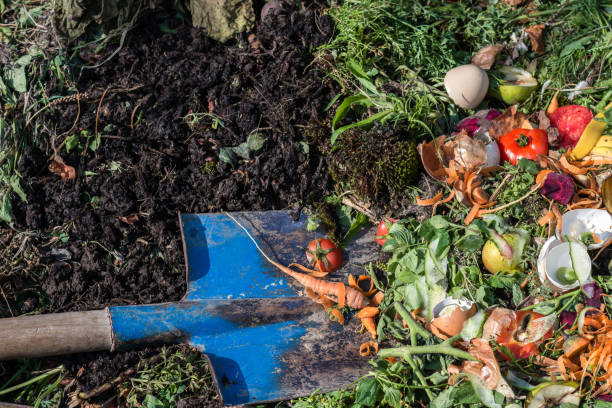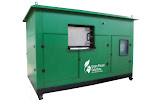ENQUIRE NOW FOR BEST COMPOSTING MACHINES IN INDIAhttps://share.hsforms.com/1d12AT_oJScm8iiXbjSrEIwrh2r7
Introduction – Turning Waste Into Profit in the Food Industry
In India’s fast-growing hospitality sector, food waste is a hidden expense. Hotels, cafes, and restaurants generate massive amounts of organic waste every day — and managing it costs time, money, and reputation.
But what if you could cut those costs in half, comply with waste laws, and even generate revenue from compost?
That’s exactly what many smart Indian hotels and restaurants are achieving with on-site composting machines powered by innovation from Green Planet Solutions Pune.
From five-star properties to bustling mid-sized eateries, composting is no longer just an environmental choice — it’s a financial strategy.
💡 The Financial Case for On-site Composting
Before diving into cost-saving tactics, let’s understand the math:
- Average hotel/restaurant generates 50–200 kg of food waste/day
- Disposal costs: ₹8,000–₹15,000 per month (collection, transport, landfill fees)
- On-site composting cuts this by 40–60%
- Compost resale or in-house reuse adds 10–15% savings/revenue
ENQUIRE NOW FOR BEST COMPOSTING MACHINES IN INDIAhttps://share.hsforms.com/1d12AT_oJScm8iiXbjSrEIwrh2r7
👉 Over a year, this means potential ₹1.5–₹2.5 lakh in savings for a medium-sized establishment.
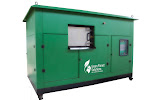
💰 10 Proven Ways to Cut Costs by 50% with On-site Composting
1. Zero Transport Fees
No more paying contractors to haul wet waste daily. Composting machines installed on-site eliminate logistics costs, reducing monthly waste transport expenses by 30–40%.
2. Reduced Waste Disposal Charges
Municipal corporations increasingly charge for waste collection. By processing organic waste internally, hotels and restaurants avoid penalties and recurring disposal costs.
3. Lower Manpower Dependency
Modern composters from Green Planet Solutions Pune come with automated shredding, heating, and mixing systems. One staff member can manage 100 kg/day of waste — cutting manual labor needs by 50%.
4. Faster ROI with Smart Composting
Today’s composters produce ready-to-use compost in 24–48 hours using bio-cultures and AI-based temperature control. The faster cycle means quicker savings and faster returns.
5. Revenue from Compost Sales
Hotels and restaurant chains can sell high-quality compost to nurseries, farmers, or landscapers. A single 100 kg/day machine can generate up to ₹50,000–₹1 lakh per year from compost sales alone.
6. Energy-Efficient Operations
New-generation composting units are low-power and solar-compatible, reducing energy bills by 15–20%. In eco-conscious states like Maharashtra and Karnataka, this directly contributes to your ESG goals.
ENQUIRE NOW FOR BEST COMPOSTING MACHINES IN INDIAhttps://share.hsforms.com/1d12AT_oJScm8iiXbjSrEIwrh2r7
7. Avoid Government Penalties
Municipal rules in cities like Pune, Mumbai, Bengaluru, and Delhi now mandate on-site wet waste treatment for bulk generators. Non-compliance can attract penalties up to ₹25,000 per month. Installing a composting machine avoids this entirely.
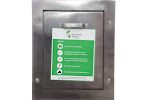
8. Tax Benefits & Green Branding
Hotels using composting can qualify for property tax rebates and sustainability certifications (e.g., GRIHA, IGBC). Additionally, a visible green initiative attracts eco-conscious customers — improving occupancy and brand reputation.
9. Cleaner Kitchens & Healthier Workspaces
On-site composting drastically reduces odor, pest infestations, and waste storage clutter. This leads to cleaner kitchens, better staff morale, and smoother day-to-day operations — intangible yet powerful cost savings.
10. Boost CSR & ESG Scores
Corporate clients, travel agencies, and global booking platforms now evaluate hotels on sustainability metrics. Composting strengthens your CSR reporting and ESG score, opening up B2B partnerships and premium clientele.
ENQUIRE NOW FOR BEST COMPOSTING MACHINES IN INDIAhttps://share.hsforms.com/1d12AT_oJScm8iiXbjSrEIwrh2r7
⚙️ How Green Planet Solutions Pune Makes It Easy
At Green Planet Solutions Pune, we design smart, automated composting machines for every scale:
- Restaurants & Cafes – Compact 25–50 kg/day machines
- Hotels & Resorts – 100–500 kg/day modular composters
- Food Courts & Malls – 1 ton/day industrial composters
Each system comes with:
✅ Odor & pest control
✅ Fully automatic drying and mixing
✅ AI-driven heat regulation
✅ Zero-liquid discharge
✅ Remote monitoring options
We help you install, operate, and maintain the system so that you can focus on your business, not on waste.
Primary Keywords:
- on-site composting India
- hotel composting machine
- restaurant waste management
- food waste composting India
- cost-saving composting solution
Secondary Keywords:
- smart composting machine
- zero waste hotels India
- eco-friendly hospitality India
- wet waste management hotels
- green hotels India 2025
Power Words:
Proven, Transform, Breakthrough, Efficient, Powerful, Game-changing, Sustainable, Profitable
Emotional Words:
Proud, Inspired, Responsible, Confident, Rewarding, Empowered
Uncommon Words (Authority):
Circular economy, resource optimization, biodegradation kinetics, ESG integration, waste valorization
Common Words (Clarity):
waste, compost, hotel, restaurant, cost, machine, save, energy, business
Meta Title:
10 Proven Ways Indian Hotels & Restaurants Save 50% Using On-site Composting | Green Planet Solutions Pune
Meta Description:
Learn how Indian hotels and restaurants are cutting waste disposal costs by up to 50% with on-site composting machines. Smart, sustainable, and profitable — discover the future of food waste management.
ENQUIRE NOW FOR BEST COMPOSTING MACHINES IN INDIAhttps://share.hsforms.com/1d12AT_oJScm8iiXbjSrEIwrh2r7
“Want to reduce your hotel’s waste bills and boost your green rating?
Join 500+ Indian businesses that have switched to smart composting with Green Planet Solutions Pune.”
#CompostingMachineIndia #HotelWasteManagement #RestaurantComposting #GreenPlanetSolutionsPune #WasteToWealth #SustainabilityIndia #ZeroWasteHotels #FoodWasteSolutions #SmartComposting #EcoHospitality
🧭 Conclusion – Sustainability That Saves Money
Between 2025 and 2030, every successful hospitality brand in India will have one thing in common — on-site waste management.
On-site composting is not an expense, it’s a strategic investment that brings financial, environmental, and reputational returns.
Hotels and restaurants embracing composting today are building a future-ready business model — one where every kilogram of food waste becomes a resource.

– https://www.thegreenplanetsolutions.com/
 – +917722073961
– +917722073961
Instagram – https://www.instagram.com/greenplanetolutions2013?igsh=MTQ5MWxpeng5dmtvaA==
Facebook – https://www.facebook.com/share/19Eim5u2Ep/
Linkdein – https://www.linkedin.com/company/green-planet-solutions/
Threads – https://www.threads.net/@greenplanetolutions2013
YouTube – https://youtube.com/@greenplanetsolutions2013?si=0gkKEahaaB5z6csm
